What Sex Are Pawpaw Flowers: How To Tell Sex In Pawpaw Trees
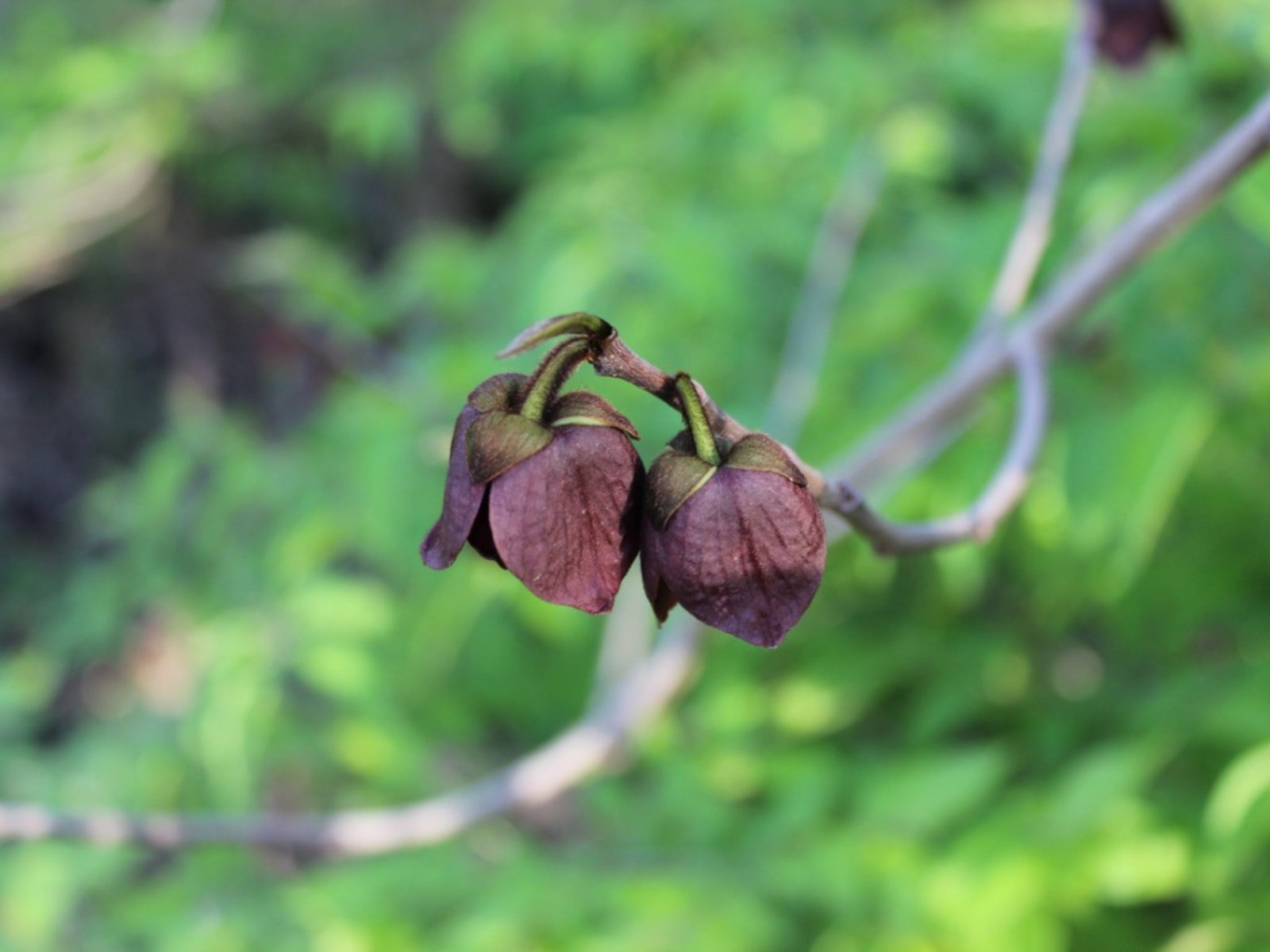
The pawpaw tree (Asimina triloba) is native from the Gulf Coast up to the Great Lakes region. Not commercially grown, or rarely, the pawpaw fruit has yellow/green skin and soft, creamy, almost custard-like orange flesh with a delicious, sweet flavor. One reason this delicacy is not commercially grown has to do with pawpaw flower sex. It is difficult to know what sex pawpaw flowers are. Are pawpaws monoecious or dioecious? Is there a way to tell the sex in pawpaw trees?
How to Tell Sex in Pawpaw Trees
Tasting like a cross between a banana and a mango, pawpaw trees can be fickle with regards to what sex the pawpaw flowers are. Are pawpaws monoecious or dioecious? Well, they are definitely not entirely dioecious or monoecious for that matter. Pawpaw flower sex is something rarer. They are termed trioecious (subdioecious), which means they have separate male, female, as well as hermaphroditic plants. Although they have both male and female reproduction parts, they are not self-pollinating. The pawpaw’s blossoms are protogynous, which means that the female stigma matures but is not receptive at time that the pollen is ready for fertilization. Pawpaws are most often propagated via seed, and their sex cannot be determined until they flower. This can be a problem when raising the fruit for commercial sale. It means that few trees will actually produce and yet the grower is cultivating and investing time and money to wait and see which trees will fruit. Furthermore, under stressful conditions, the dioecious plants may convert to hermaphrodites or the opposite sex, and monoecious plants may change the ratio of their male to female flowers. All this makes determining the sex of pawpaws anyone’s guess. Of course, there are other reasons the pawpaw isn’t cultivated commercially despite its rich nutritional value-- high in protein, antioxidants, vitamins A and C, and several minerals. The fruit has an odd bean-like shape that doesn’t fare well with the sweet custard inside and it also doesn’t handle well. This means the delicious fruit will probably remain the province of eastern U.S. dwellers and those determined to grow pawpaw. And for those intrepid growers, pawpaws are also self-incompatible. This means that they require pollination from yet another, unrelated pawpaw tree.
Gardening tips, videos, info and more delivered right to your inbox!
Sign up for the Gardening Know How newsletter today and receive a free copy of our e-book "How to Grow Delicious Tomatoes".

Amy Grant has been gardening for 30 years and writing for 15. A professional chef and caterer, Amy's area of expertise is culinary gardening.
-
 Looking For Plants To Give You The Soft And Fuzzies? Try These 5 Fuzzy Leaf Plant Options
Looking For Plants To Give You The Soft And Fuzzies? Try These 5 Fuzzy Leaf Plant OptionsLovers of texture, drama, silver foliage and tactile plants will adore these special sensory garden additions. These fuzzy leaf plant options will leave you all aglow
By Susan Albert
-
 Get Ready For A Summer Of Hummers! Grow These Full Sun Hummingbird Plants and Flowers
Get Ready For A Summer Of Hummers! Grow These Full Sun Hummingbird Plants and FlowersIf you’re lucky enough to enjoy a sunny backyard, make sure you are maxing out on your pollinator opportunities and grow these full sun hummingbird plants and flowers
By Tonya Barnett
-
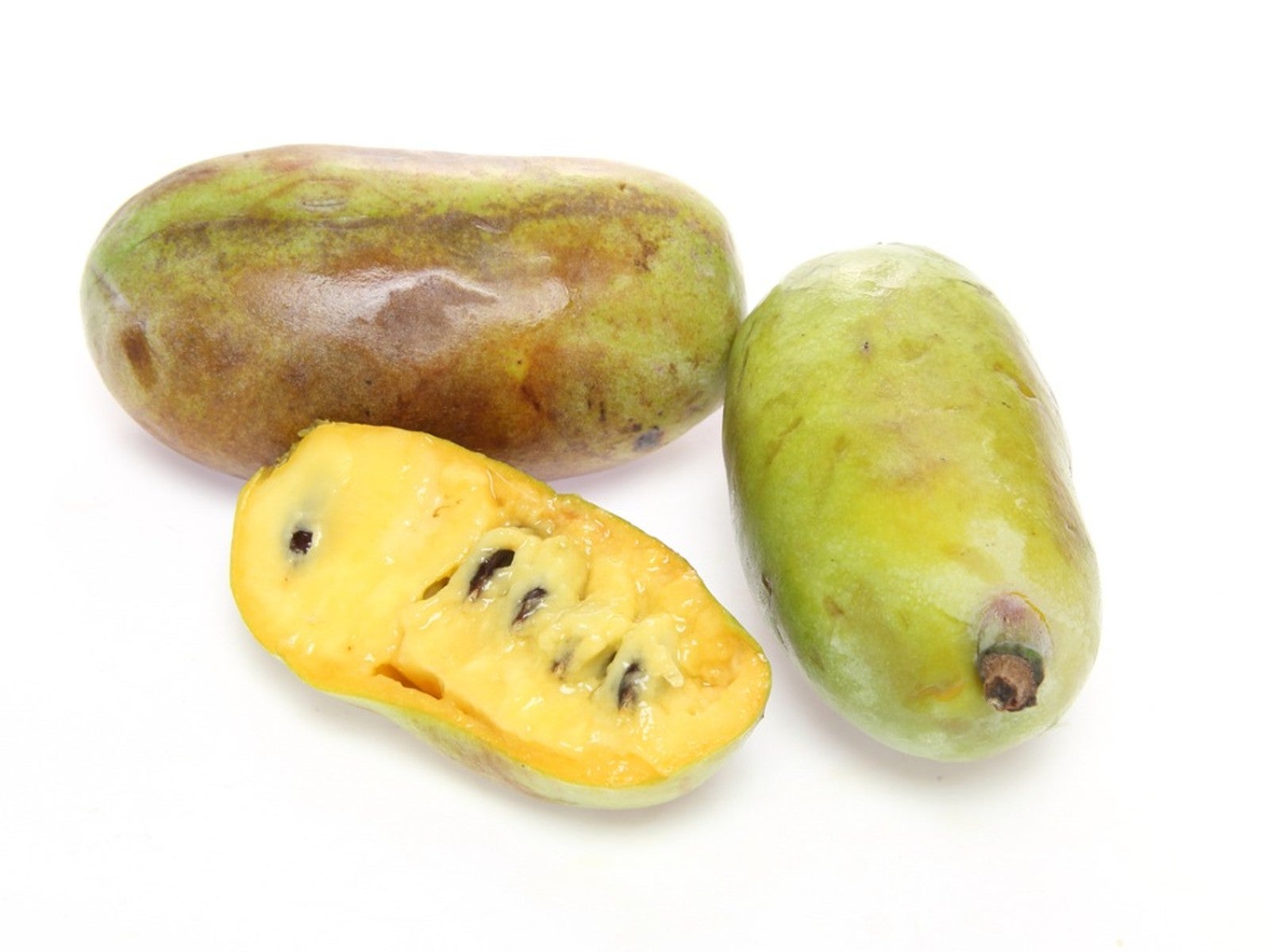 Pawpaw Pie - Dessert Ideas To Use Pawpaw Fruit This Thanksgiving
Pawpaw Pie - Dessert Ideas To Use Pawpaw Fruit This ThanksgivingThe bold flavors in pawpaws make excellent desserts. If you are new to this fruit, learn how to prepare it for a variety of delicious recipes.
By Bonnie L. Grant
-
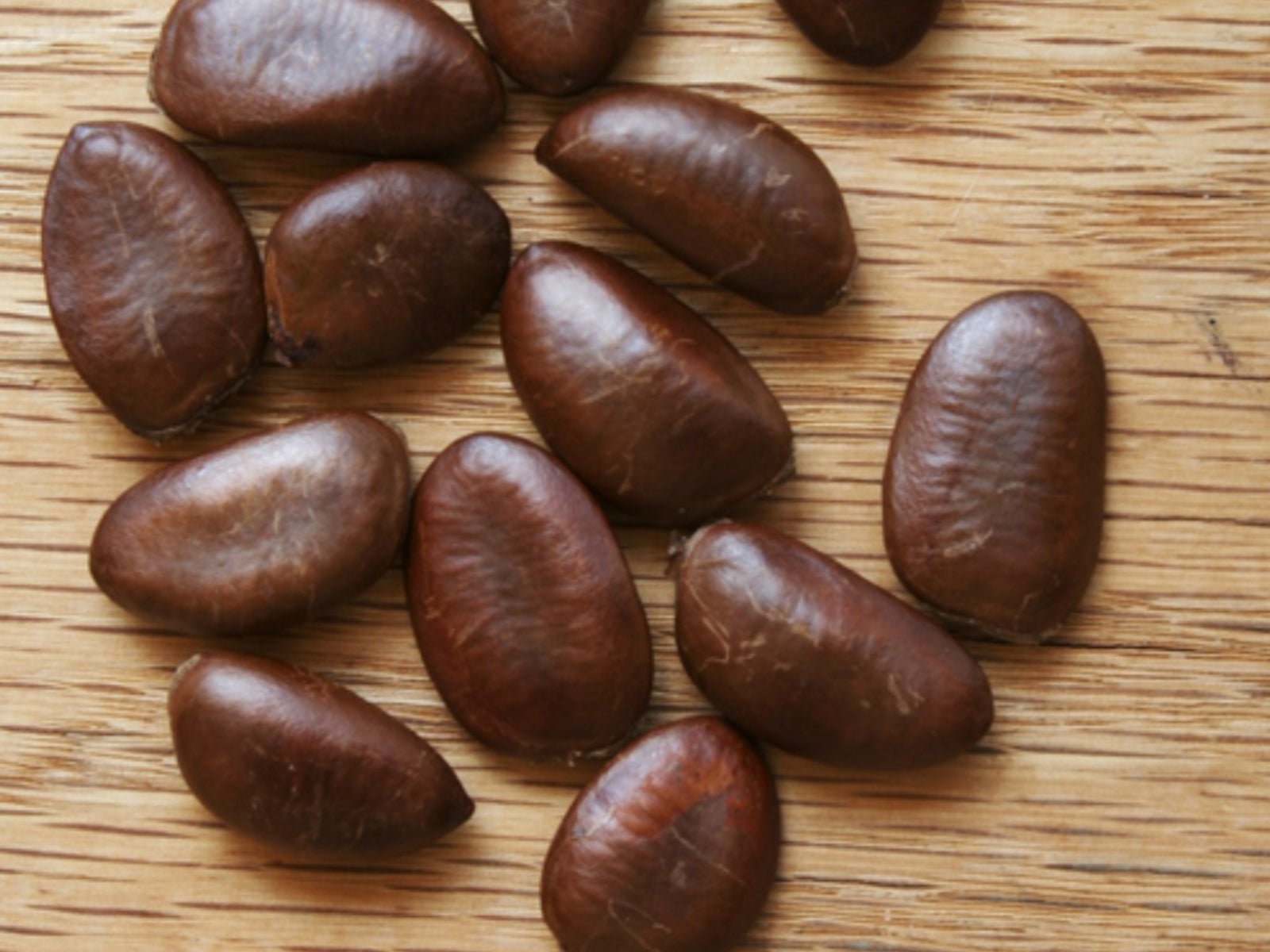 How To Plant Pawpaw Tree Seeds: Tips For Germinating Pawpaw Seeds
How To Plant Pawpaw Tree Seeds: Tips For Germinating Pawpaw SeedsWith the many dark brown seeds produced in each pawpaw fruit, gardeners may naturally wonder: Can you grow a pawpaw tree from seed? Click on the following article to learn how to plant pawpaw tree seeds.
By Darcy Larum
-
Suckering Pawpaw Trees: What To Do With Pawpaw Suckers
With pawpaw seed propagation, a slow and demanding activity, many gardeners may wonder, "Should I keep my pawpaw tree suckers for propagation instead?". This article will answer that question, as well as other questions about pawpaw sucker maintenance.
By Darcy Larum
-
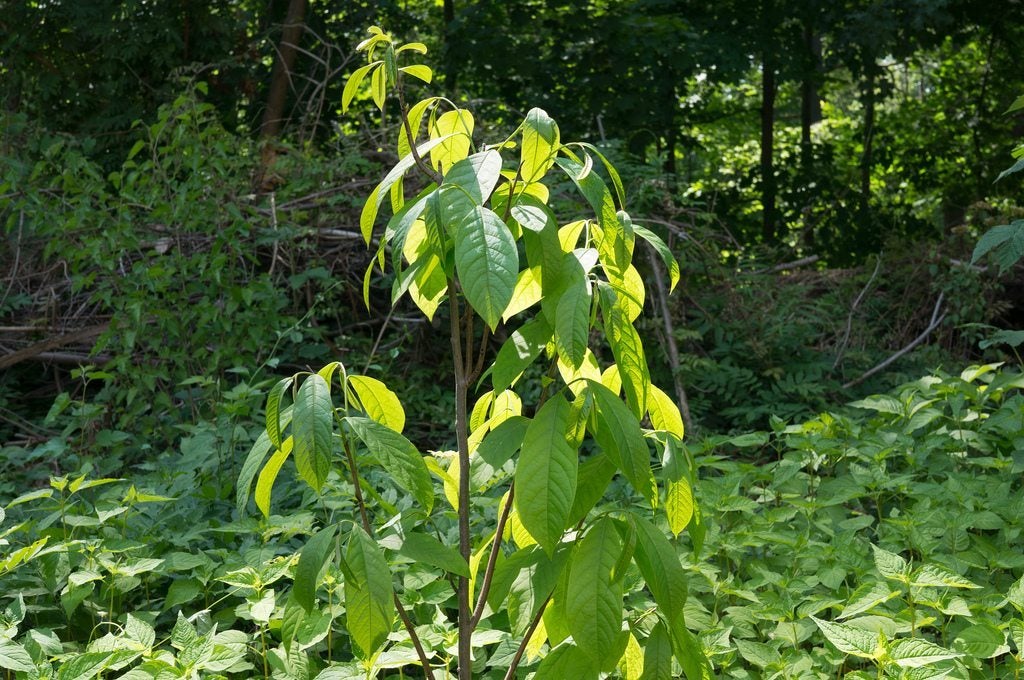 Pawpaw Trimming Guide: Learn How To Prune A Pawpaw Tree
Pawpaw Trimming Guide: Learn How To Prune A Pawpaw TreePawpaw trees are the most common fruit trees native to North America. Pawpaw trees grow best in a shady location with excellent drainage. Pawpaw pruning may sometimes be useful but it is not an essential. To find out if and when you should cut back pawpaw trees, click here.
By Teo Spengler
-
 Using Pawpaw As Cancer Treatment: How Does Pawpaw Fight Cancer
Using Pawpaw As Cancer Treatment: How Does Pawpaw Fight CancerNatural remedies have been around for as long as humans. For most of history, in fact, they were the only remedies. Every day new ones are being discovered or rediscovered. Click here to learn more about pawpaw herbal medicine, specifically using pawpaws for cancer treatment.
By Liz Baessler
-
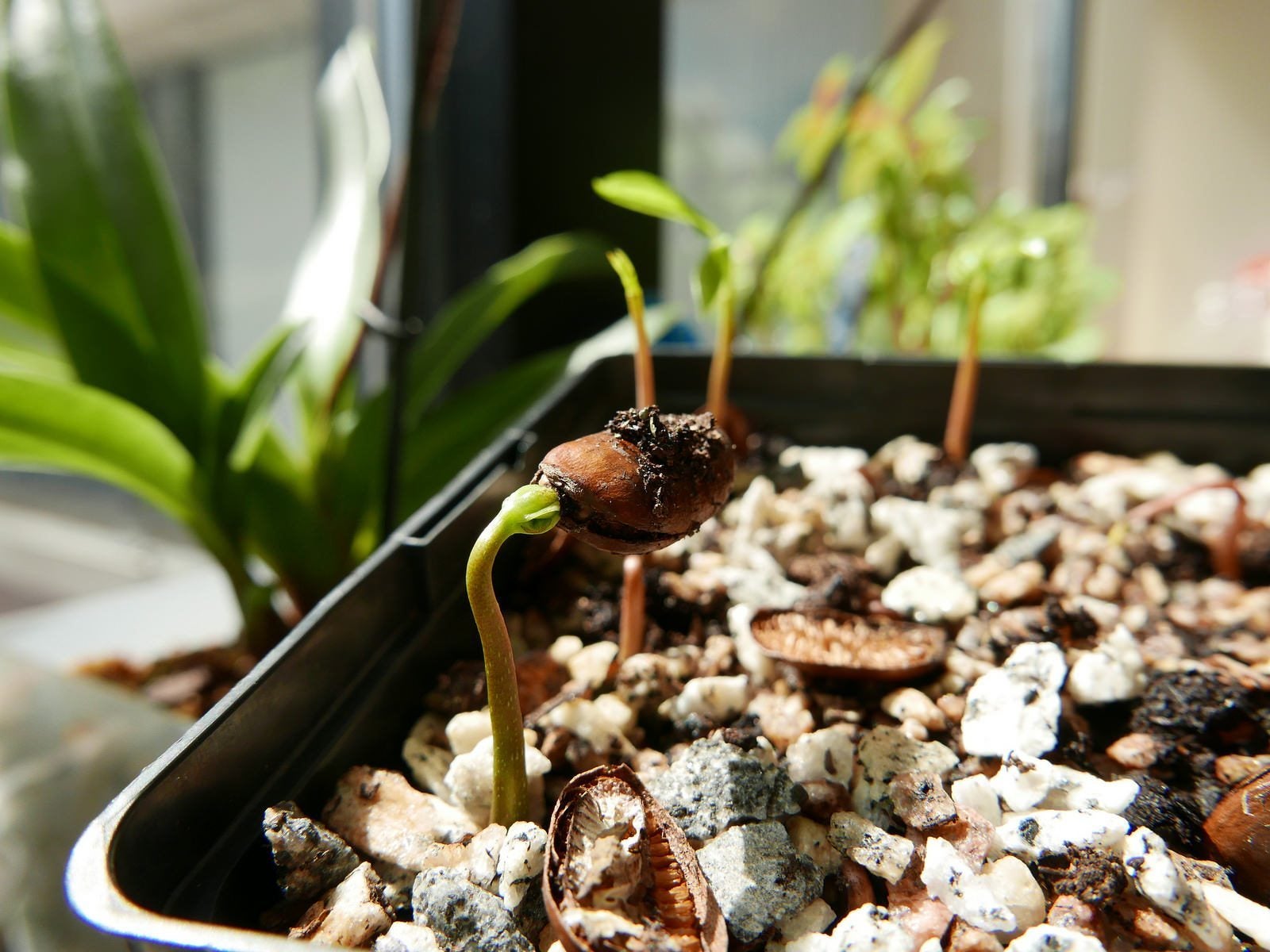 Tips For Propagating Pawpaws – How To Propagate A Pawpaw Tree
Tips For Propagating Pawpaws – How To Propagate A Pawpaw TreeThe pawpaw is a strange fruit that deserves more attention. Reportedly Thomas Jefferson's favorite fruit, this North American native sprouts up in groves in the wild. But what if you want one in your own backyard? Click here to learn more about pawpaw tree reproduction.
By Liz Baessler
-
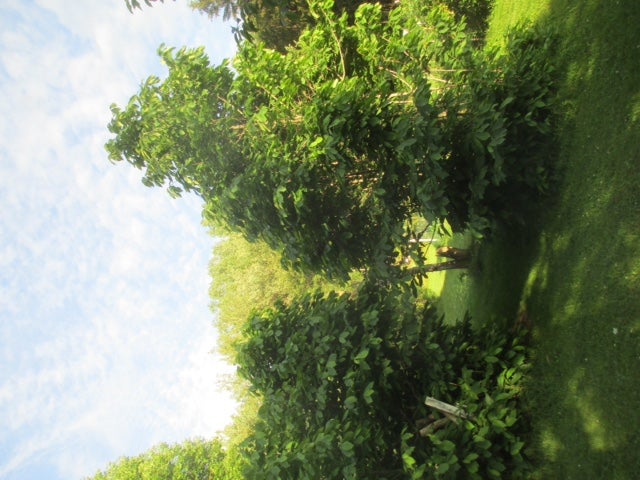 Do Deer Eat Pawpaws – Tips For Keeping Deer Out Of Pawpaw Trees
Do Deer Eat Pawpaws – Tips For Keeping Deer Out Of Pawpaw TreesI have been considering planting and growing pawpaw trees, but I have a bit of trepidation about the whole deer issue. Are pawpaws deer resistant? Is there a way of keeping deer out of pawpaw trees? Let's find out more together in this article.
By Shelley Pierce
-
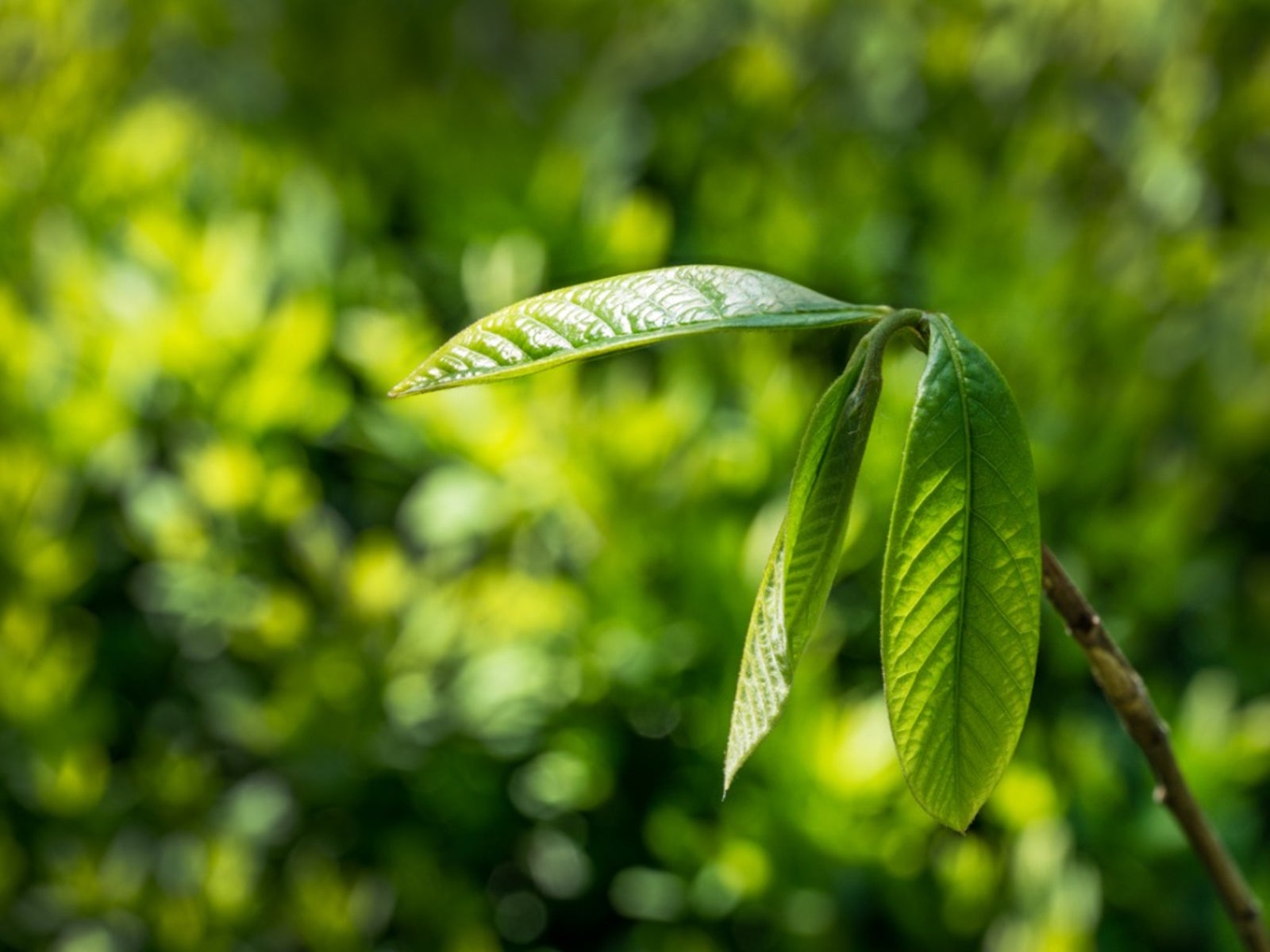 Pawpaw Cutting Propagation: Tips On Rooting Pawpaw Cuttings
Pawpaw Cutting Propagation: Tips On Rooting Pawpaw CuttingsThe pawpaw is a tasty and unusual fruit. But the fruits are rarely sold in stores, so if there are no wild trees in your area, the only way to get the fruit is usually to grow it yourself. A common question is if you can propagate the tree from cuttings. Find out here.
By Ilana Goldowitz Jimenez